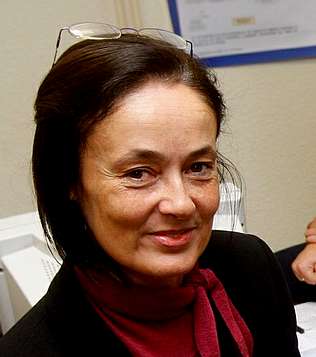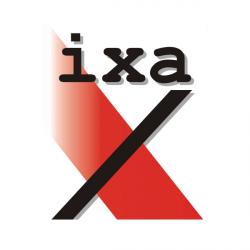 Izenburua: Procesamiento de colocaciones en castellano
Izenburua: Procesamiento de colocaciones en castellanoIt is frequently stated that collocations are especially challenging to L2 learners, even to the more advanced ones (Henriksen 2013). This statement usually appears in the literature which focuses on English as L2. However, learners of English as L2 have at their disposal several resources to help them learn collocations, starting with a number of collocation dictionaries, teaching materials and many online lexical tools (among others, Benson et al. 1996, Crowther et al. 2002, McCarthy and O Dell 2005 or Wu et al. 2010). The situation for learners of Spanish as L2 is very different. Resources for learning collocations in Spanish, compared with those available in English, are scarce. There are only two Spanish combinatorial dictionaries (Bosque 2004, Alonso Ramos 2004), very few specific teaching materials (Prada et al. 2012), and until very recently there was no collocation online tool which could help the learner to choose the appropriate collocation.
Over the last years I have tried to fill these gaps as far as resources for learning Spanish collocations are concerned. However, due to the crisis that traditional dictionary format is facing, the question arises as to what form the ideal resource designed to help learners should take. The challenges are posed not only by online lexical tools, but also by corpora containing vast amounts of lexical information. In this light, some proposals for blending dictionary and corpus have been put forward as an ideal resource (Cobb 2003, Kilgarriff 2009). Corpus-driven lexicography has given rise to what can be called lexically-driven corpora , resources which instead of providing lexical information in the form of a dictionary do so in the form of a concordance program exploiting language corpora. Through an appropriate user interface, lexical items become pointers to the texts that reveal their meaning, blurring the boundaries between dictionaries and corpora. Moreover, dictionaries have ceased to be stand-alone products to be complemented by CALL applications (Abel 2010). Therefore, the concept of the dictionary is changing towards a more flexible and dynamic tool which aims to better address the user s needs. This presentation shows how the resources we are building attempt to provide assistance with collocational needs. More particularly, I will describe the evolution of my research interests from an online collocation dictionary of Spanish (DiCE), the development of which began ten years ago, towards an online collocation writing assistant, the tool HARenES, which although integrated with the DiCE goes beyond the dictionary. In order to evaluate the effectiveness of correction suggestions offered by this tool, I will show the results of experimental study with students of Spanish as a second language. I will finish by presenting some reflections about the pedagogical role of the corpus





Iruzkinak (1)